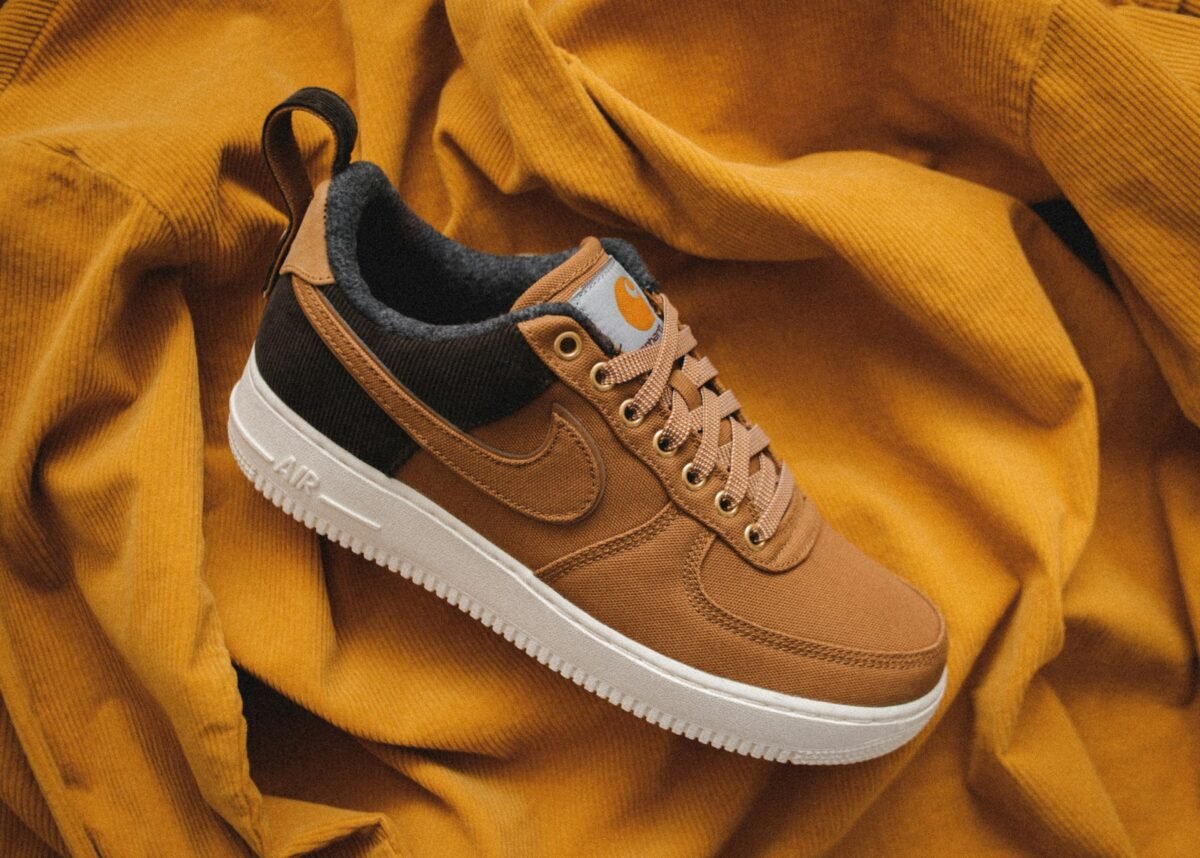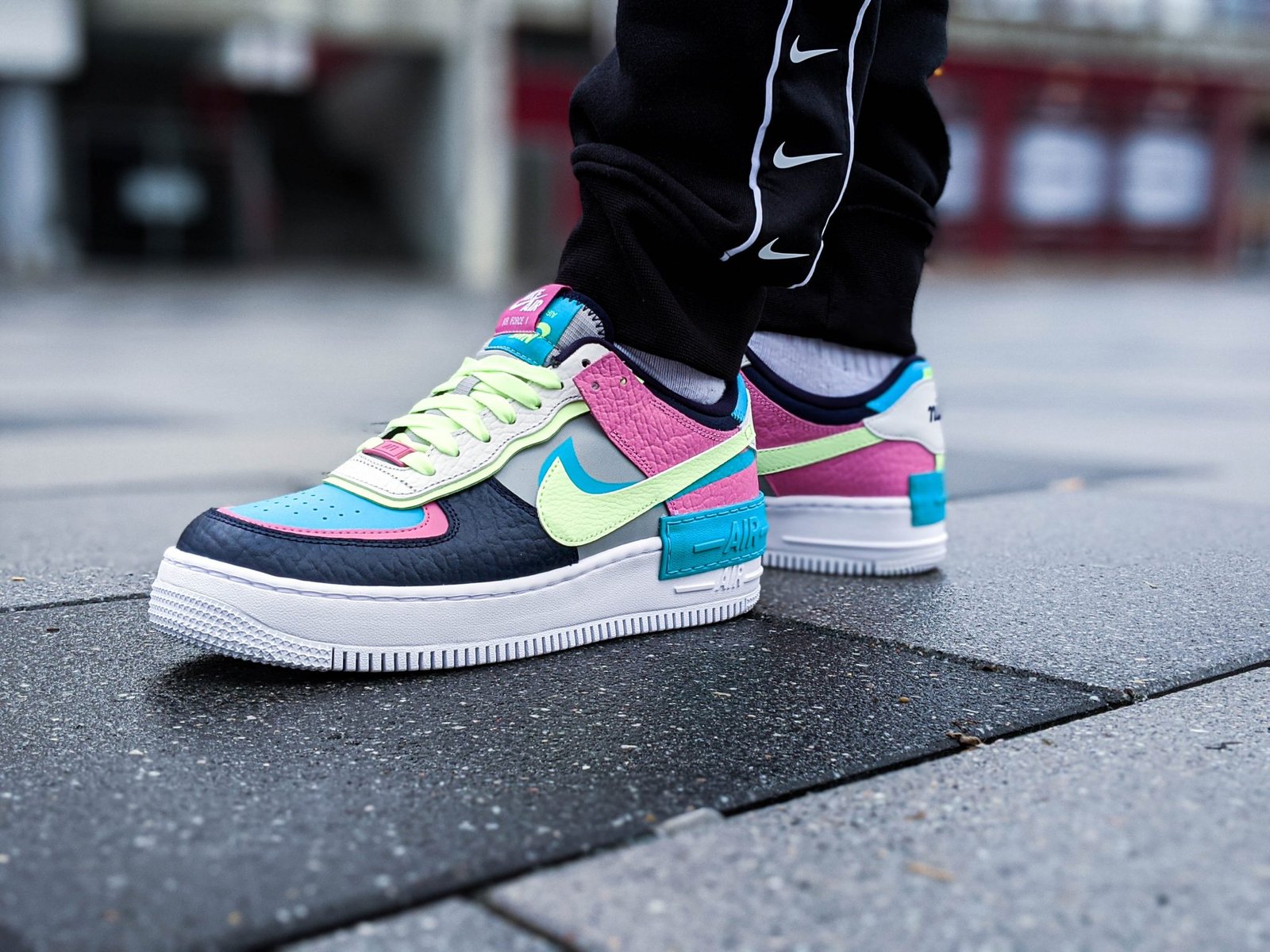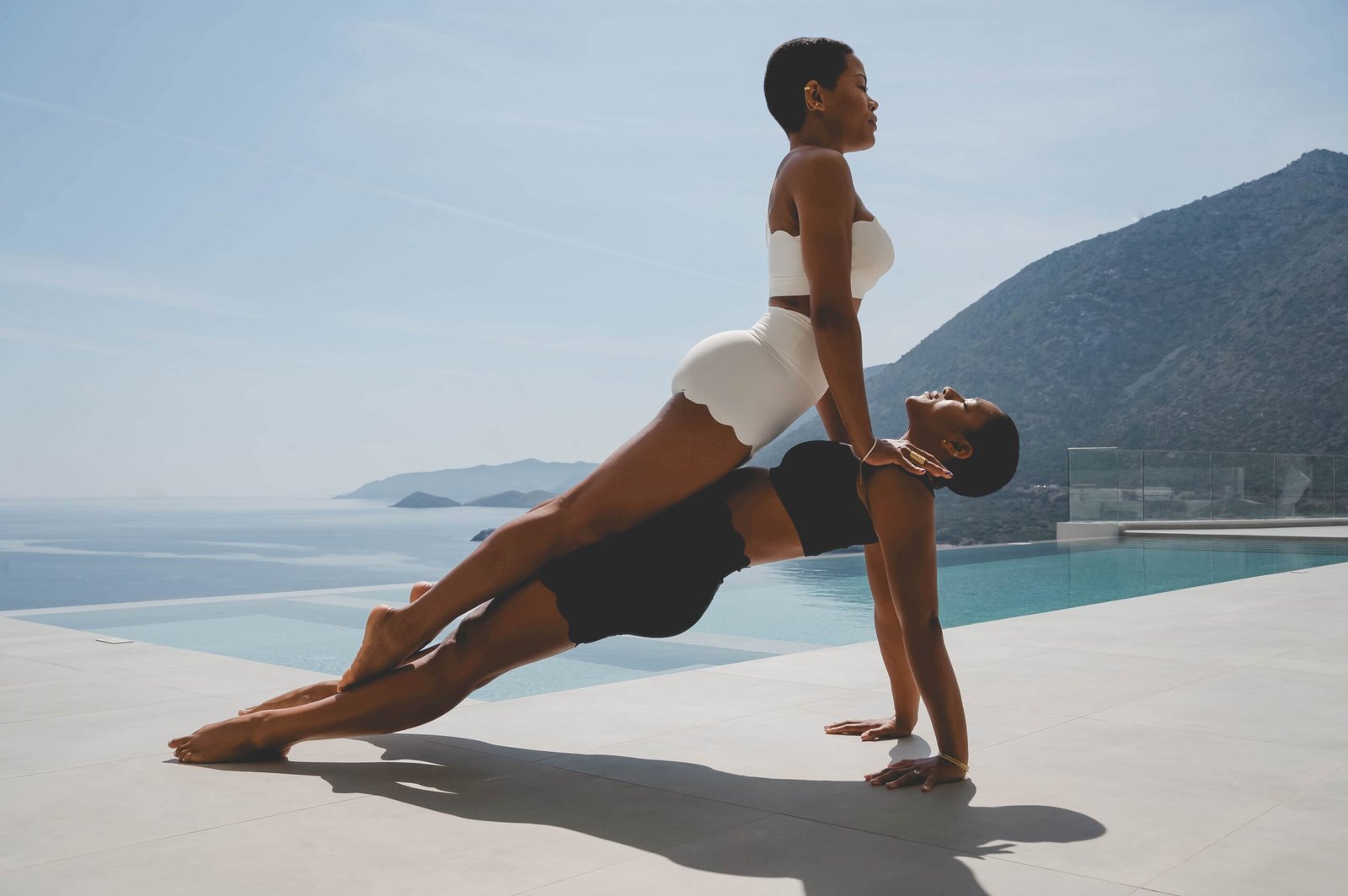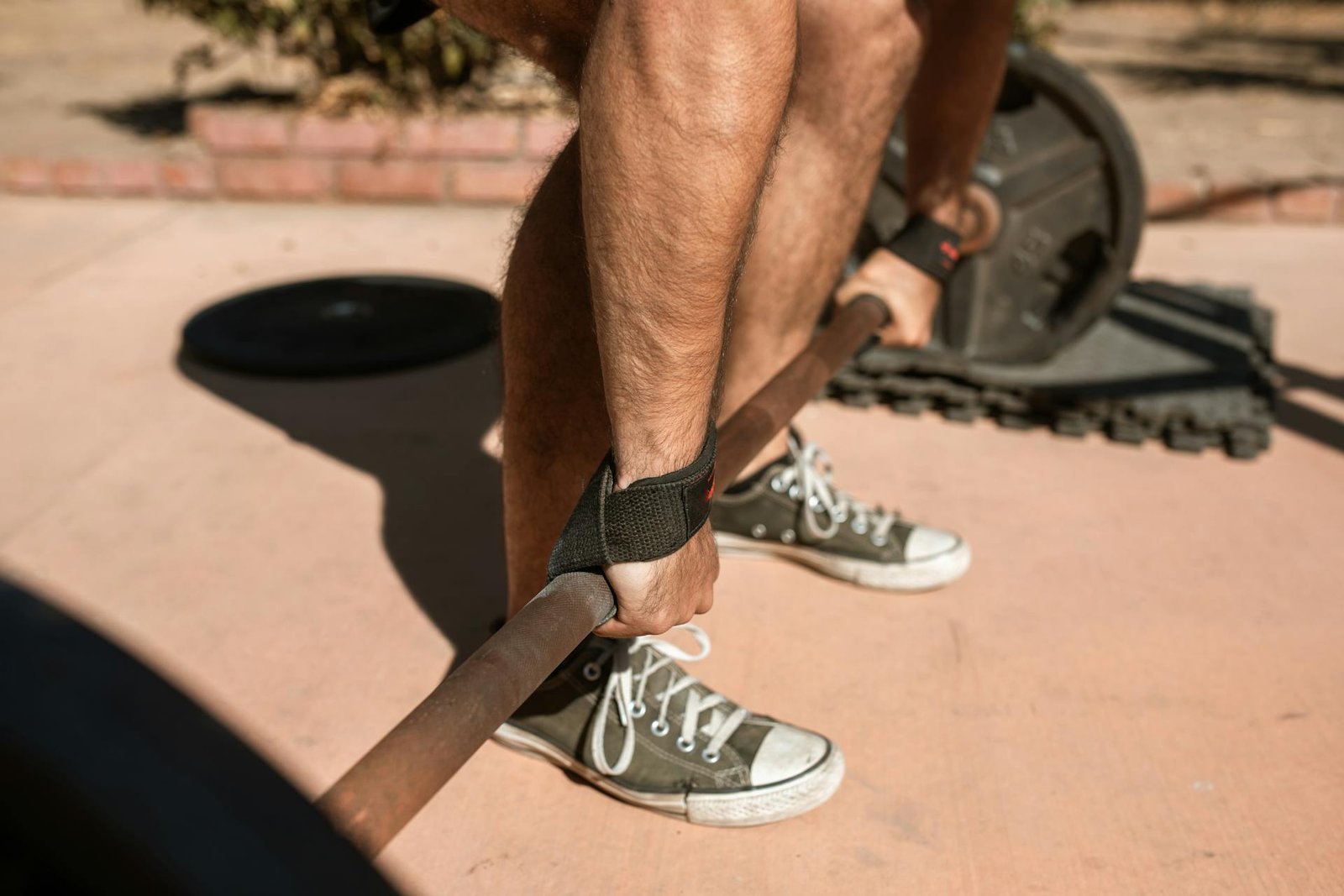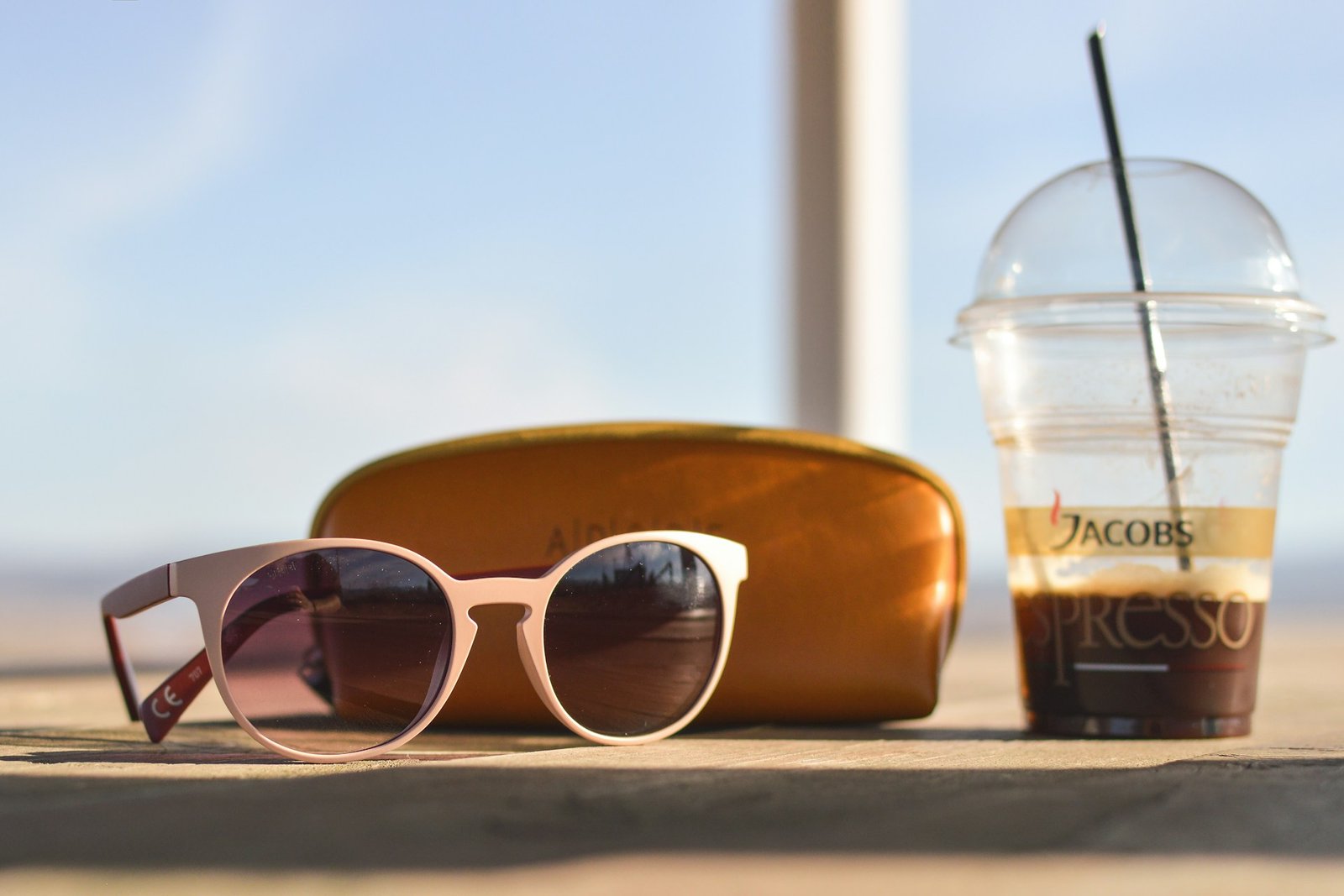Shoes are the foundation of the body.
They decide how you stand, how you move, and how much energy you use in a day.
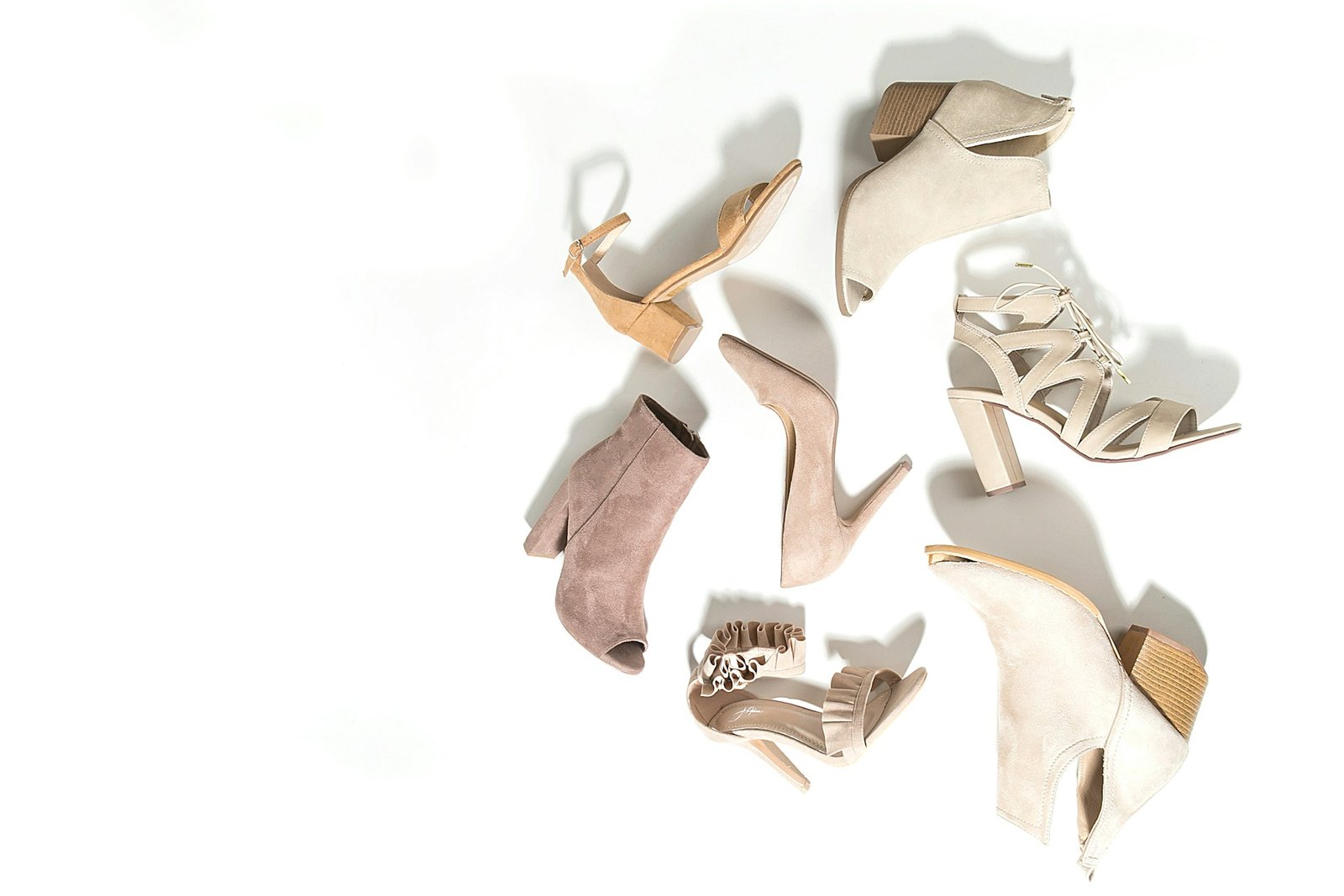
Many people choose shoes for looks only, but design and fit matter just as much. This guide explains, step by step, how footwear affects posture and energy, and how to make better choices.
Start with posture – Why it Matters
Posture means the way your body holds itself when you stand, sit, or walk. Good posture keeps the spine straight, shoulders relaxed, and weight evenly spread across the feet.
Bad posture does the opposite. It shifts weight to certain muscles and joints. Over time, those muscles get tired faster. The result? Less energy and more aches.
Shoes play a direct role in this. If shoes tilt the body forward or squeeze the toes, posture changes. If shoes support the arches and allow natural movement, posture improves.
Heel Height – the First Design Decision
Heels are not only about fashion. Heel height changes body alignment:
- High heels push the body forward. The lower back arches, and knees work harder.
- Completely flat shoes can be just as bad. They strain the Achilles tendon and arches.
- A small lift of 1–3 cm usually keeps posture neutral.
Think about how long you stand in a day. If it’s hours, a moderate heel is safer. Shoes with extreme heel heights are not built for daily wear.
Arch support – the Hidden Spring
The arch of the foot works like a natural spring. It absorbs shock and spreads weight. Without support, the arch collapses, and posture shifts.
- No arch support = tired legs, sore feet, slouched shoulders.
- Good arch support = balanced posture and less wasted energy.
Many cheap flats or fashion shoes skip arch support altogether. This is why they feel fine for 10 minutes but are painful after 2 hours.
Flexibility of the Sole
Feet are designed to roll from heel to toe. A stiff sole blocks this motion. When that happens, muscles in the legs and hips compensate, using more energy.
Flexible soles bend with the foot. This allows a natural gait and reduces strain. A quick test: try bending the shoe at the ball of the foot. If it does not move at all, the sole is too rigid.
Room in the Toe Box
Balance begins with the toes. If they cannot spread, the body struggles to stay stable.
Narrow shoes push toes together. Over time, this weakens balance, causes calluses, and even changes posture. A roomy toe box, wide enough for toes to move freely, supports stability.
Remember: style does not require narrow shoes. Well-designed shoes can look slim while still giving space in the right places.
Fit and size – Length and Width Both Count
Most people know their shoe size in length, but width is often ignored. Shoes that are too tight in width cause pressure points. Shoes that are too wide make the foot slide, forcing muscles to grip with each step. Both situations waste energy.
The right size holds the foot firmly but comfortably. There should be about a thumb’s width in front of the toes, and the sides of the foot should not bulge out.
Common Signs of Shoe-Related Posture Problems
It is not always easy to notice the effect of shoes. Watch for these signs:
- Back or knee pain after a normal day of walking
- Calluses or blisters in the same spots
- Shoes that wear out unevenly on the soles
- Feeling unusually tired after short errands
- A tendency to lean forward when standing still
How poor footwear drains energy
Shoes that do not support posture create a chain reaction:
- Feet become sore.
- Posture changes to reduce the discomfort.
- Muscles tighten to keep balance.
- The body uses more energy for simple movement.
Choosing shoes that support posture
Here are key points when selecting shoes:
- Look for cushioned insoles that absorb impact.
- Check for arch support suited to your foot type.
- Test flexibility — the sole should bend at the ball of the foot.
- Ensure enough space in the toe box.
- Keep heel height moderate.
- Try both length and width, not just the number size.
Habits that work with good footwear
Even the best shoes need support from healthy habits:
- Stretch calves and arches daily.
- Strengthen core muscles to stabilize posture.
- Take breaks from sitting or standing too long.
- Replace worn-out shoes on time.
The bigger picture
Shoes are often bought for appearance, but their role in posture and energy is far more important. Poor footwear increases strain and drains strength. Supportive shoes help the body stay balanced, conserve energy, and move more efficiently.
Modern brands prove that style and support can work together. Tieks, for example, design flats with cushioned insoles, flexible split soles, and quality leather. They show how thoughtful footwear can look elegant while still protecting posture and energy.
Meta Title: How Footwear Design Affects Posture and Energy
Meta Description: Learn how shoe design, arch support, heel height, and fit impact posture and energy, helping you choose footwear that supports balance and comfort.

